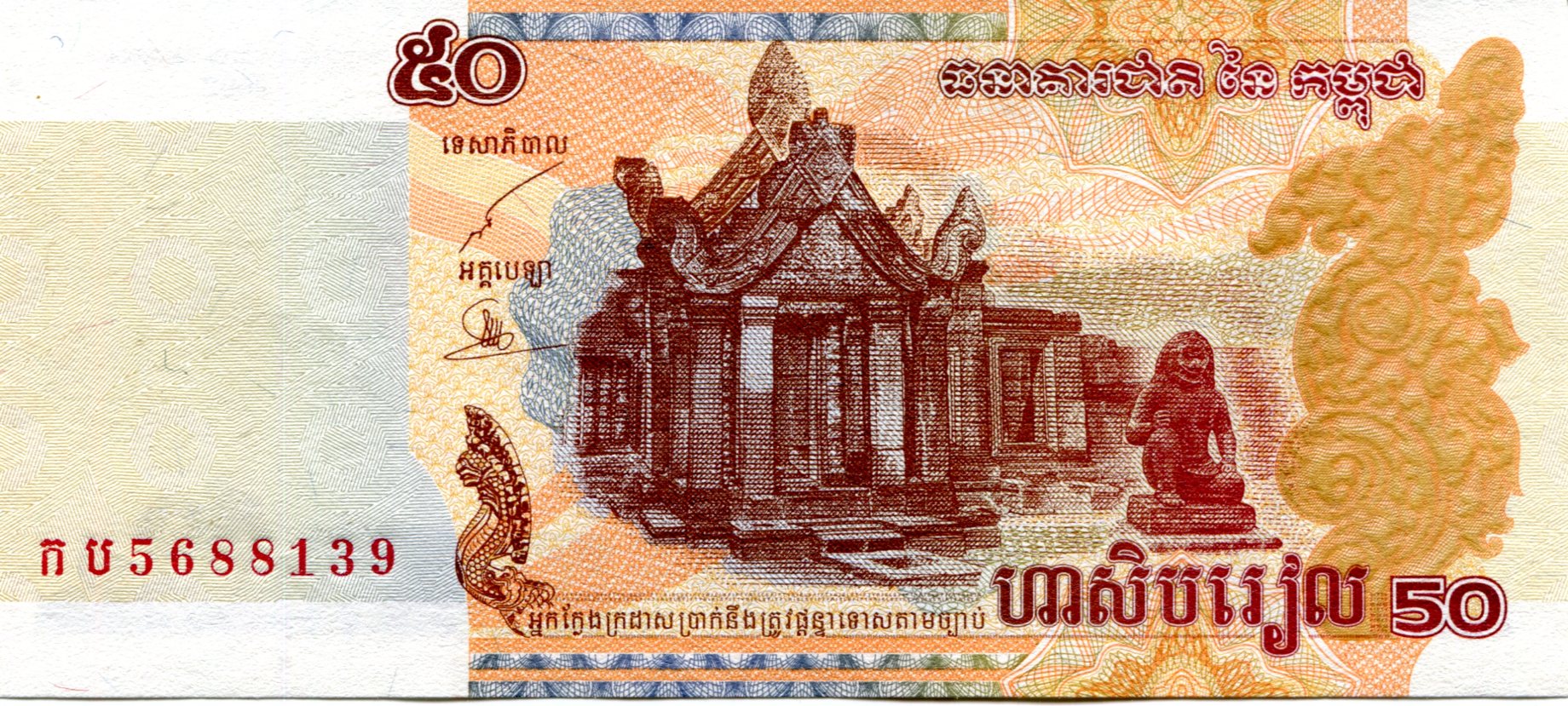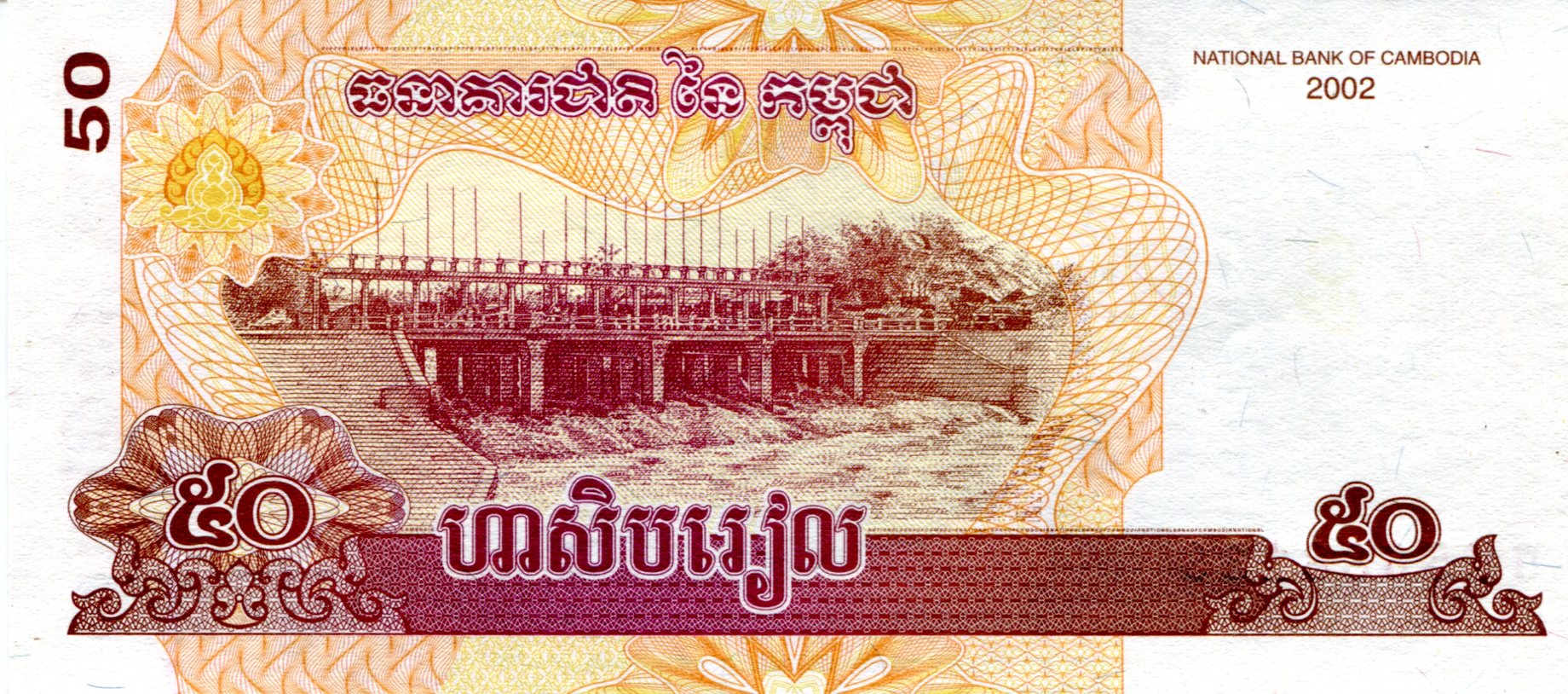It’s mid-October and in Chicago at least, that means Open House Chicago, which we’ve attended most years over the last decade. We’ve visited churches, synagogues, temples, office space, libraries, factories, theaters, museums and more as part of the event. Open House is a worldwide phenomenon.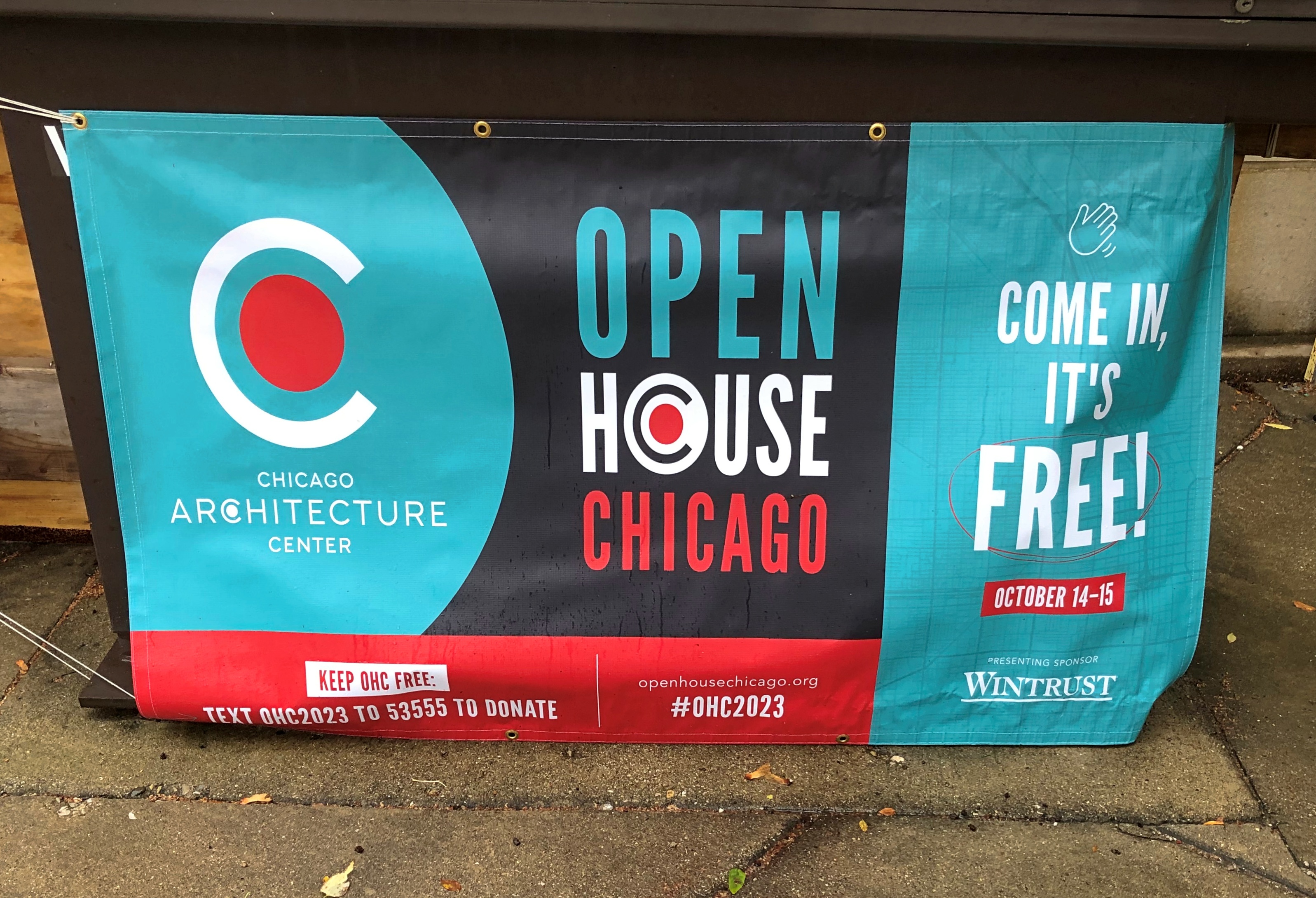
Rain fell heavily Friday night, and was forecast to last into Saturday morning – which it did, also obscuring whatever partial eclipse was above the clouds. The weather didn’t stop us from going out, though it did slow us down some, since driving in the city is like driving through glue even in the best conditions. To make things easier, I decided to head into the neighborhoods east from O’Hare – relatively accessible from our suburb – and on to Lakeview near Lake Michigan, as familiar as a neighborhood can be in Chicago, since we used to live there.
Our first stop was west of Lakeview, however, in the much less familiar Lincoln Square. It was still rainy and quite windy when we arrived at the National Cambodian Heritage Museum and Killing Fields Memorial, which I hadn’t known about till I saw it on the Open House List.
The weather discouraged outside photos, but I did manage to capture the mural on the side of the museum building, which faces west on Lawrence Ave.
“Cambodian Color” (2017) by Brandin Hurley and Shayne Renee Taylor.
A detail near the museum entrance, and out of the rain.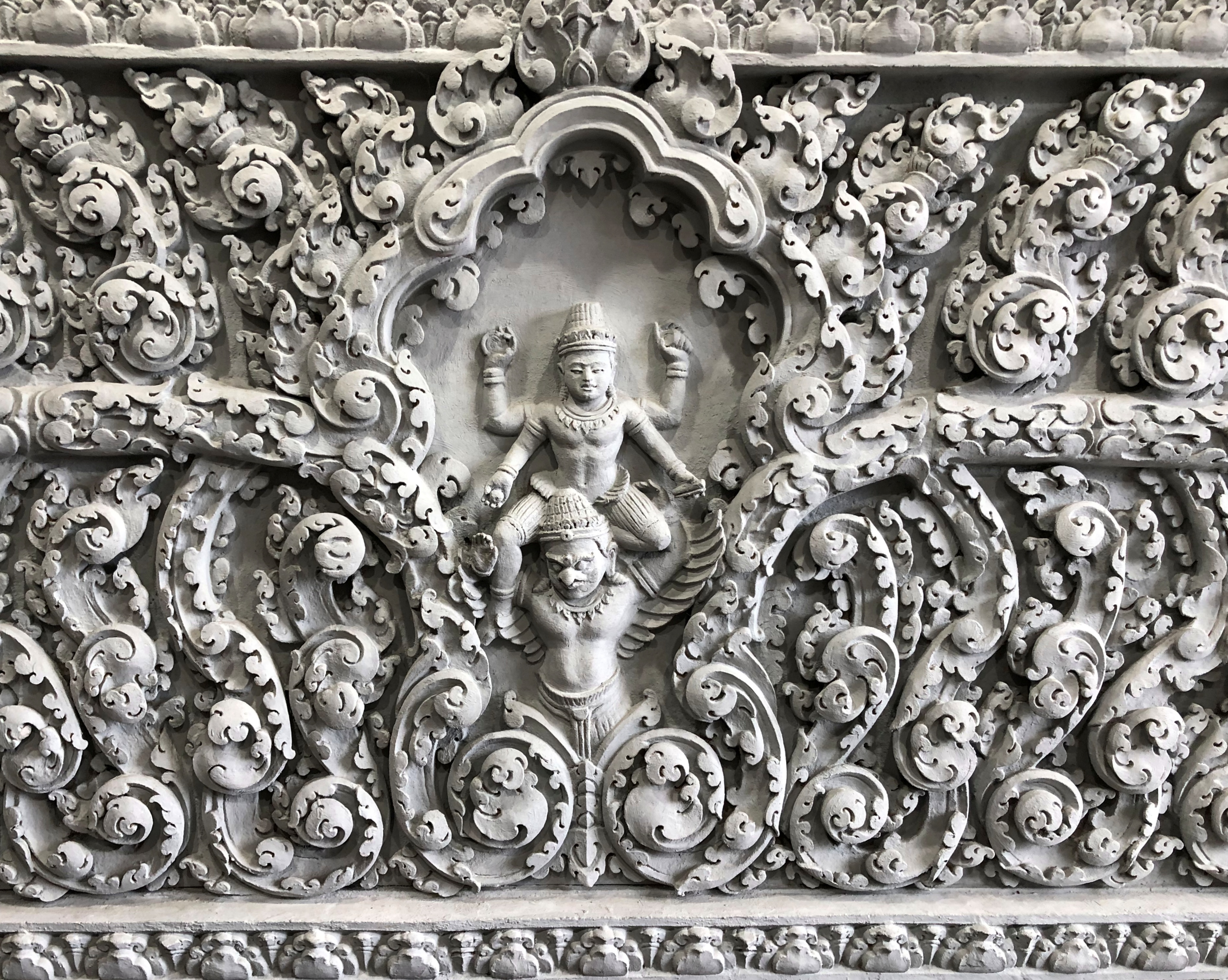
It’s a small museum, only a few rooms, but enough to provide some testimony and images about the Cambodian genocide – the evacuation of Phnom Penh, forced collectivization, blunt-instrument murders to save ammunition, Tuol Sleng and other death prisons, the Khmer Rouge turning on itself when an agrarian utopia mysteriously didn’t appear — the whole horrorshow of ideology gone barking mad. A somber place to visit, but that should be an element in one’s wanderings.
One of the docents, a young woman I took to be an American of Cambodian ancestry, asked me if I knew anything about the period. Unfortunately, I do. Not unfortunate that I know, but that there was anything to know. I remember reading reports of mass murders in “Democratic Kampuchea” while the Khmer Rouge was still in power and of course after its overthrow, when much more detail came out. I told her simply yes, that I’d heard of it.
The memorial is in the back room of the museum. 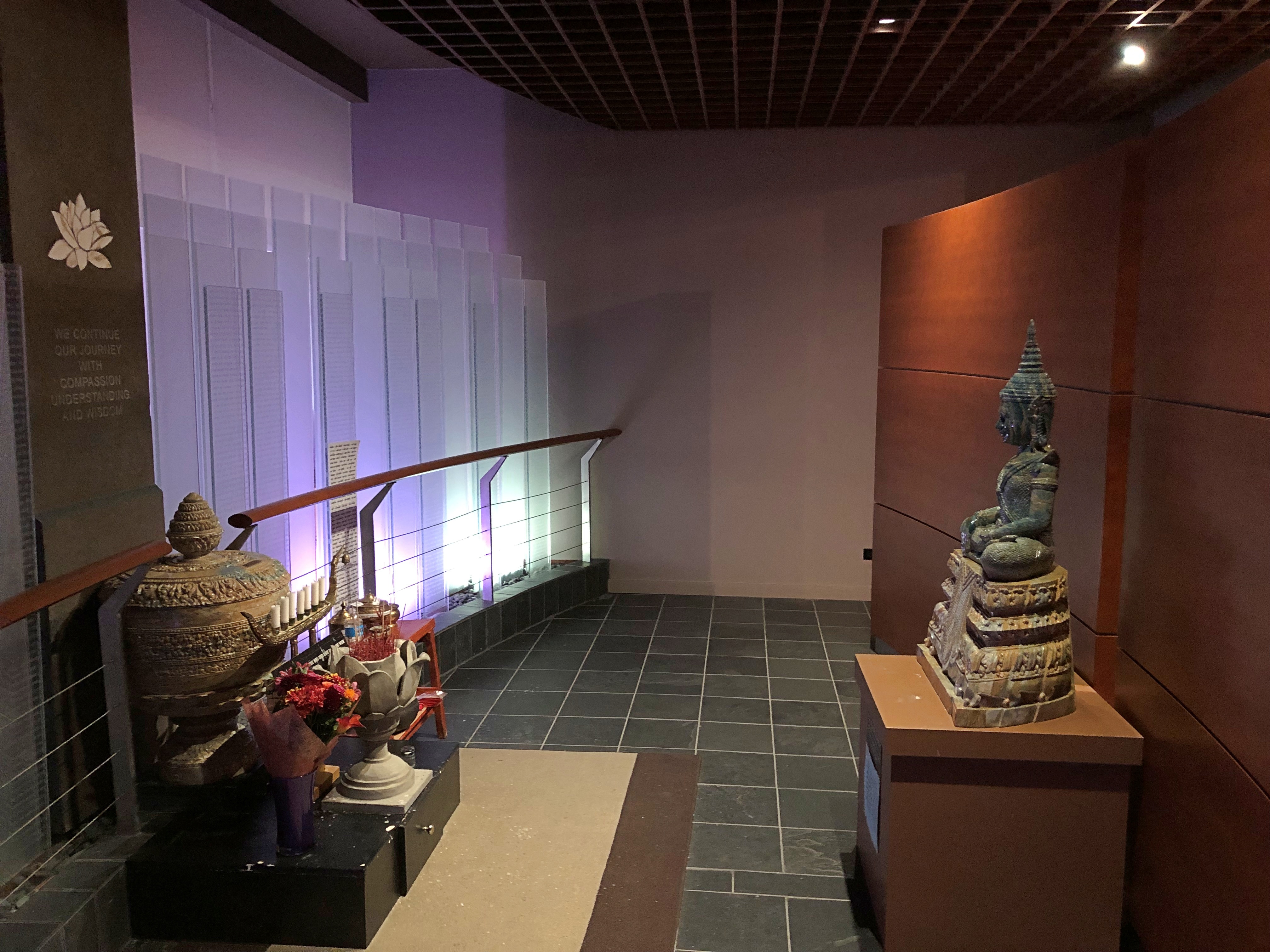

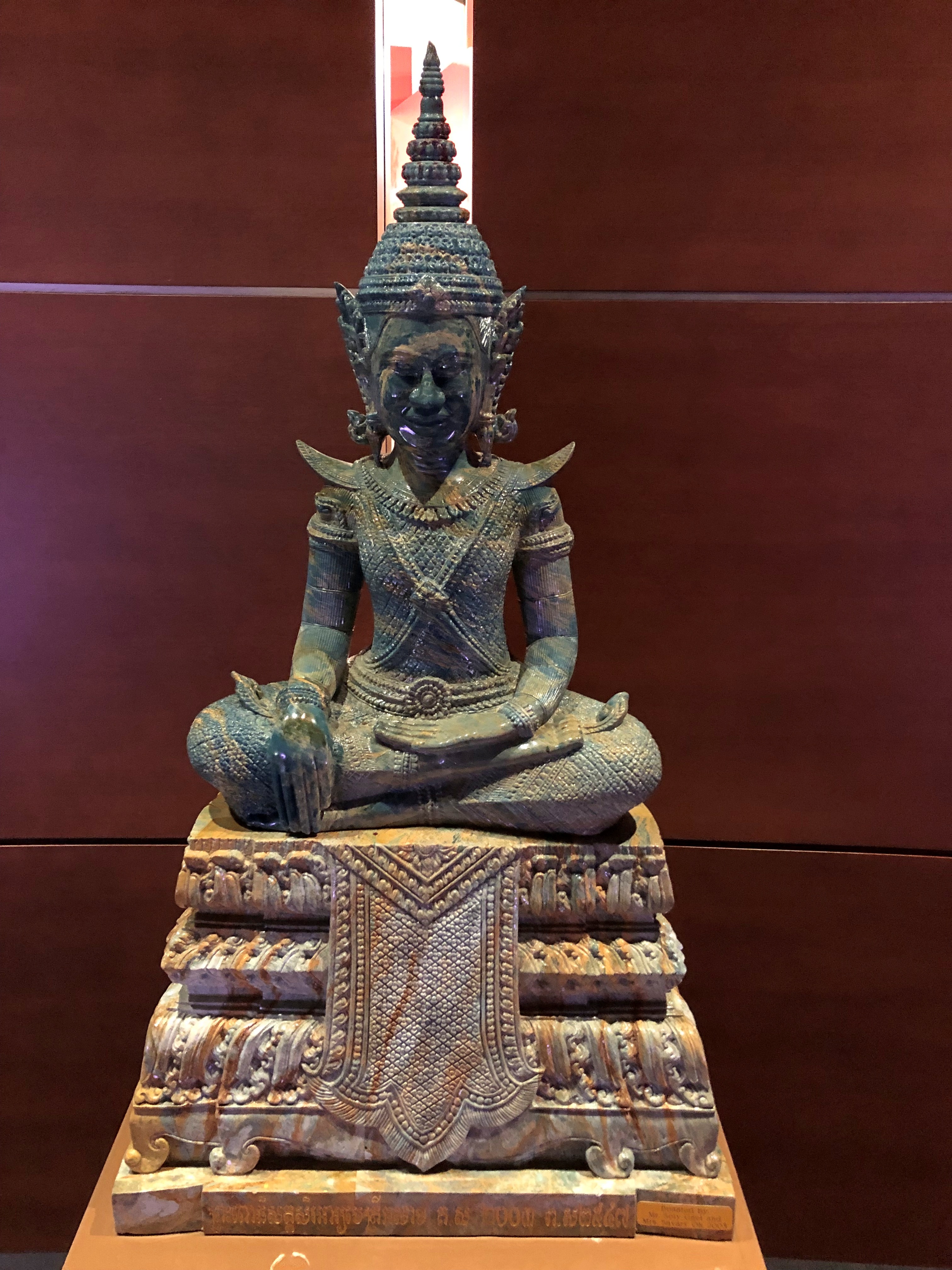
Not really visible unless you look very closely is Khmer script up and down the glass panels. A lot of it, in other words. Names.
“Designed within an environment for quiet contemplation utilizing glass, stone, water, and light effects, the memorial includes the individual names of thousands of relatives lost by Cambodians all over the United States,” the museum web site says.
